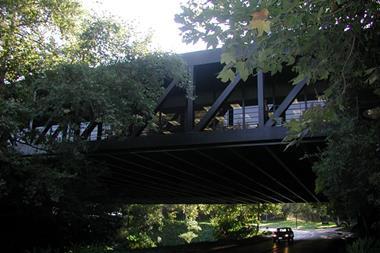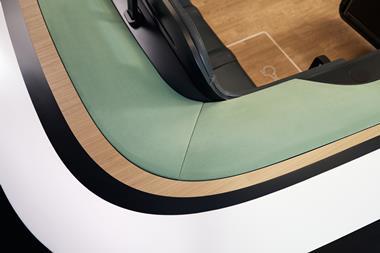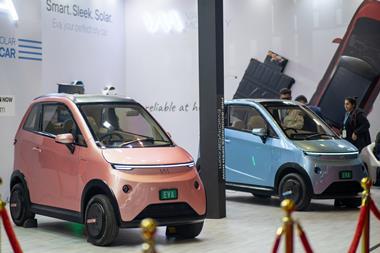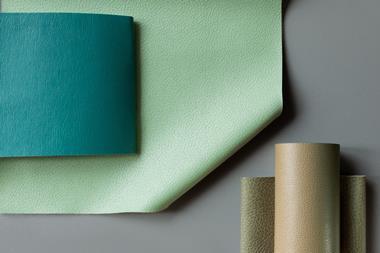July 5, 2003 - Art Center College of Design recently hosted its Spring 2003 Graduation Senior Show. The show featured work from five graduating students in the Bachelor of Science - Transportation Design program.
The transportation senior project is organized as an independent project, each student researches a company, and targeted buyer, to see if a new vehicle is needed or if a vehicle on the market needs to be improved. The students then work with the course instructors who are professional designers to refine their concepts and create exciting new design solutions for their chosen company.
Raymond Ng
Romance In Motion - An opening in the Renault product line and the recent alliance with Nissan provides a perfect opportunity for a sports car to be developed.
Sharing Nissan platforms and components, the éclat will exemplify Renault’s upscale market strategy. The inspiration is drawn from the romance and mystery of a violin.
It embodies a harmonious contrast of simplicity and tension. A balance of taut lines and details, with classical curves and surfaces give it a modern feeling of elegance. The passionate emotion of the violin interpreted in a uniquely French manner, the éclat pushes the ambition of Renault design.
The Ford Radius combines the stance and functionality of an SUV, new vehicle architecture, alternative fuel sources and future technologies to create a visionary activity vehicle.
Using the radius of a circle as a motif and designing around a new propulsion platform, the design of this vehicle fully demonstrates the functionality and efficiency of the next generation of revolutionary SUVs.
The compact sport modular will introduce a new generation of consumers to the Toyota brand. Inspired by hi-tech gadgets and technology, this vehicle will give the driver a new ownership experience through modular components. Aesthetic modifications can be made anytime with exclusive interchangeable parts from Toyota, tapping into the lucrative import tuning market.
The Audi Quattroloader is a design exercise that combines the graphic nature of Audi language with purpose and function.
Like an oversized toolbox, this vehicle is full of visible utility and intrinsic details executed in a modern Audi Bauhaus style. This rugged yet refined truck explores new utilitarian innovation and a niche category for Audi.
Tony Shamenkov
Bugatti 24 Heures – An alternative view on a Bugatti mid-engine super sports car. The lightness and agility of these classic French cars is emphasized to create a radical new design. This uncompromising automobile aims to come as close as possible to modern race cars. The SU-27 jets fighter, Le-mans racers, sense of speed, and the spirit of French avant-garde art were some of the inspirations for the final proposal.
The Land Rover Defender is a proposal for the next generation mid-range off-road vehicle with a 2+4 seating arrangement like the original model.
The design translates the core Land Rover values of honesty, simplicity, functionality, and feasibility in a modern way. The final concept consists of simple geometric forms with a rear section that can be quickly converted from closed to open by means of the metal structure sliding on rails.
DaimlerChrysler Narcisco – This was a sponsored project to create an advanced vehicle for a selected important figure using his or her personal approach to problem solving.
This car is designed for Pablo Picasso, using the influences of his art and character. The unconventional four passenger interior arrangement is centered on the main user to suit his moods, views on life, and understanding of his role in his surroundings. The unusual exterior takes the inspiration from the artist’s understanding of space and volume in his paintings and sculptures.
The Lincoln Transcontinental is an unconventional look at a luxury six passenger vehicle, designed to compliment the brand’s line-up. It has the synergy and prestige of a traditional upscale sedan and the functionality of a minivan, creating a new vehicle segment. The focus is on further development of successful styling themes of classic Lincolns. The interior concepts are aimed at maximizing the use of the space to provide the unparalleled comfort and ambiance for which these cars are known.
The Volkswagen Coupe is a design for the next “fun” vehicle in the company’s range. The vehicle’s design is based on the 2+2 seat platform, with styling that is an interpretation of thefamous VW Buggy fused with a contemporary coupe.The deconstructive approach to proportions and details creates a tough, yet sophisticated and sporty look.
Porsche Boat proposal – The concepts and designs in this Porsche Styling portfolio take a look at the possibilities in the contemporary speedboat market and explore various new directions.
Rimon Ghobrial
V12 Vengeance is a mid-engine two seat sports car designed for Aston Martin. It is built on a modified Fort GT platform and shares the 6.0 liter V-12 engine that powers the Aston Martin DB7 and Vanquish. It is scheduled to debut in the year 2010.
Oakley SSR/4 is designed for GM, and specifically targets young, active, urban people in the North American market. It has an image that is unmistakably American and is inspired by the legendary muscle cars of the past, but is made for the year 2015.
The Isuzu SUV is a vehicle designed for the year 2020. It has an injection molded chassis and color that is dent, chip and scratch resistant.
The Isuzu SUV is an entry level vehicle meant to compete with future production vehicles based on current sports-crossover concept cars such as the Mitsubishi RPM 7000 and the Toyota RSC.
BMW 4 Series – The new series 4 coupe incorporates BMW’s 'flame surface' design philosophy while maintaining the true BMW proportions and key design elements. It utilizes a modified version of the current platform making it slightly larger than its predecessors in all dimensions and more powerful as well. The design changes move the BMW 4 series more up market, placing it firmly between the 3 and 5 series sedans and right under the upcoming 6 series coupe, thus filling a gap in BMW’s lineup.
Chrysler Salvador Dali is a large personal multi-directional vehicle with modular seating for three, and an automated drive option that utilizes a fuel cell power plant, electric hub motors, with four wheel steering and drive by wire technology. This vehicle is set to debut in the year 2050.
Nick Malachowski
T.A.E. is an acronym for Toyota Athletic Equipment. Most sports cars are derived from racing (i.e. Ferrari and Formula 1 to Subaru and WRC Rally).
This sports car derives from the equipment used in sports such as basketball, snowboarding, and cross-training. On the road it works much like other high performance vehicles, but once off the road the fenders loosen and become dynamic, allowing for an increase in wheel travel. In addition, the wheels themselves widen, increasing their grip and creating an additional channel in the tire to displace dirt and water. This all occurs while maintaining a low center of gravity for stability.
The VW Bucky gets its name from Buckminster Fuller, a pioneer in sustainable product development and environmental-conscious design. The purpose of this car is to present consumers an alternative to the 'bigger is better' craze in the SUV market. This SUV is compact and has a retractable top that emphasizes the inherent fun of experiencing the outdoors. It also utilizes recyclable plastics technology in many of its components. The car was styled to have a strong character and to reference the whimsical nature of the VW Thing and Kubelwagen, yet have the modern proportions of the VW Touraeg and Audi Steppenwolf. This project was completed during an internship at Volkswagen.
The Chrysler Optic maximizes the given size restrictions by utilizing a mono-volume shape. It is targeted at urban youth, who spend most of their time commuting with friends in and around the city. The rationale for choosing this type of vehicle is rooted in generation backlash, that is, when a generation rejects the values and tastes of the one before it. For example, the current SUV market is mainly made up of adults who grew up in mini-vans, and their decisions are often influenced by their desire to differentiate themselves from their parents. Following that logic, first time young car buyers might find that the SUV is the vehicle they see as their “parents car.” The styling is intended to 'look Chrysler' but not directly reference any of its current designs. The aim was simplicity rather than audacity, creating a unique feel. Because of the youth market's appreciation for international design, the vehicle was created to fit in comfortably in both America and Europe. This vehicle was a team project completed during an internship at Chrysler.
LA Shared Commuter - This project explored the concept of shared commuting, and applied it directly to the city of Los Angeles. The vehicle would have to be small, but the challenge would be to develop a way to decrease its footprint when parking. The solution was the vehicles docking into one another, so they take up less space when stored, and also eliminating the possibility of theft. From a logistical perspective, if multiple vehicles are needed in one spot at a specific time (plane landing at LAX), then they could be a vehicular 'tug-boat' that transports multiple vehicles at once. The inherent usability and design of the vehicle is not a typical 'product' look, but more sculptural and referencing tribal markings for identity. The culture of Los Angeles has always been fairly progressive and edgy, and this vehicle captures that. One thing particular to this project was the transient nature of the user’s experience, with no permanent storage space in the car. A rear canopy allows for a separate cargo module to be attached when needed. The module itself could also be mobile, like a luggage trolley at the airport, and be securely parked when not in use.
Lyndon Gale
Infinity Mid-Engine Sportscar - To round out Infiniti’s exciting line up, the G5 will show the world that Infiniti can compete with the big boys. This concept is about a vehicle having an “imposing presence.” When you see this car, you know it’s an Infiniti.
The Jeep 2050 was designed as a vehicle for persons who think and have lifestyles similar to Jacques Cousteau. This vehicle concept is about visibility. It has panels that can be removed to expose the vehicle to the elements of nature. The floors have see-thru areas to observe tire lines on trails, especially on the Rubican trail. The rear seats can extend to a standing position for driving in elevated levels. The vehicle is skateboard platform with electric motors in hubs. In the future when all cars will look like silver speed forms, this jeep “Zeke” will be a breath of fresh air.
ArtCenter Mobility – This vehicle was created to transport students to and from Art Center campuses. It will be a high profile vehicle seen around Pasadena and represent Art Center’s commitment to innovation and design. This vehicle will be on an automated system, and may go offline for field trips. It will have sensors to determine occupancy and need for more buses to increase efficiency of student transport.
The student's projects are largely developed using traditional methodology, taking 2D sketches and drawings to an orthographic 1/5 or 1/4 scale tape drawing, from which a clay model is developed, painted and detailed. Sketches and concept drawings are increasingly generated using computer-based applications such as StudioPaint and Photoshop, while the tape drawing is executed with the help of Adobe Illustrator and the model built and rendered in CAID packages such as Alias|wavefront AutoStudio. Models are also physically generated from 3D data using the school's rapid prototyping facility, which allows the students to have their models milled out using the 5-axis CNC mill. This offers an interesting and promising alternative to traditional model making, and this methodology is being strongly implemented in the school's curriculum.
Art Center, located in Pasadena, has been one of the world's premier art and design colleges since its founding in 1930. The school offers a Bachelor of Fine Arts or Bachelor of Science degree for: Advertising; Film; Fine Art; Graphic Design and Packaging; Illustration; Industrial Design, including Transportation, Product and Environmental Design; and Photography. A graduate program leads to a Master of Fine Arts or Master of Science degree.
The school also offers Saturday High for high school students; extension classes for adults through Art Center at Night in Pasadena, Orange County, San Francisco, and New York; Art Center for Kids for grades four through eight; and a Summer Design Institute for Teachers in conjunction with the Smithsonian and Cooper-Hewitt, National Design Museum. Art Center has three graduating Senior Shows each year.
Art Center web site: www.artcenter.edu
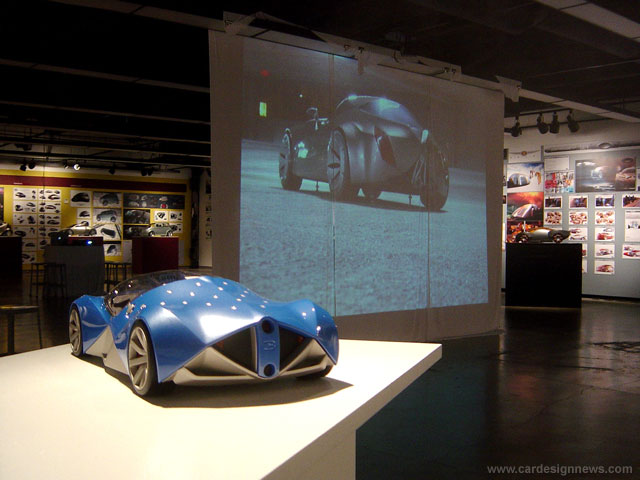
The Transportation Design graduation show in the Art Center galleries.
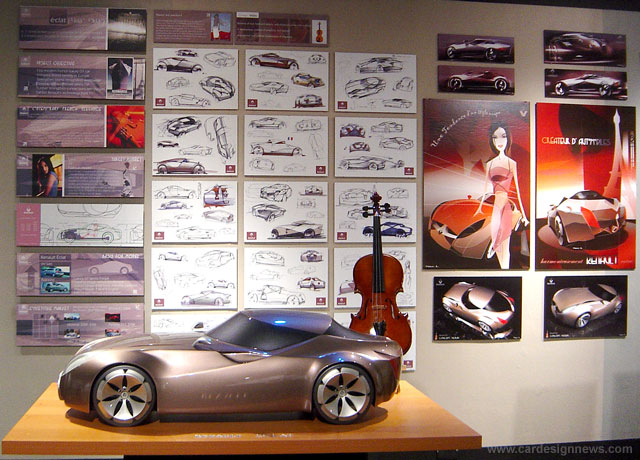
Renault éclat by Raymond Ng
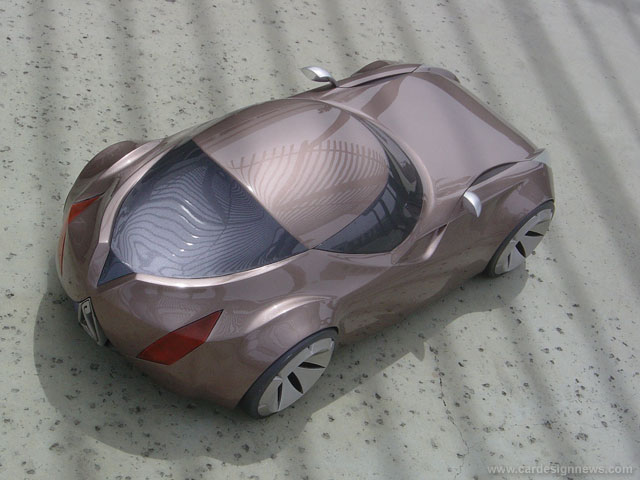
Renault éclat by by Raymond Ng
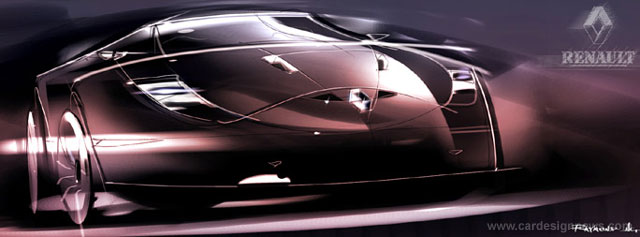
Renault concept sketch by Raymond Ng
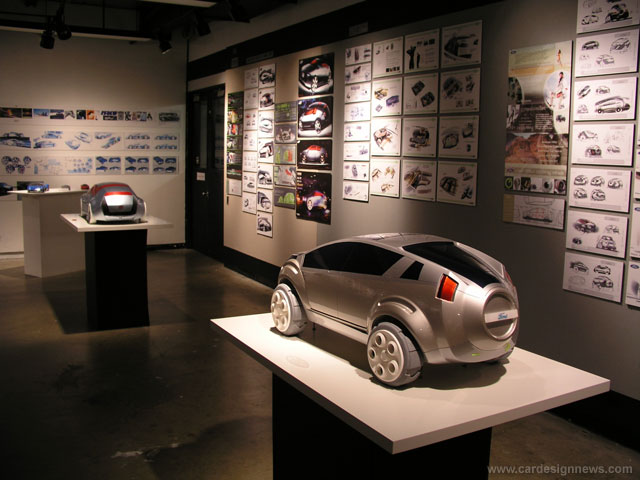
'Ford Radius' by Raymond Ng

'Bugatti 24 Heures' by Tony Shamenkov

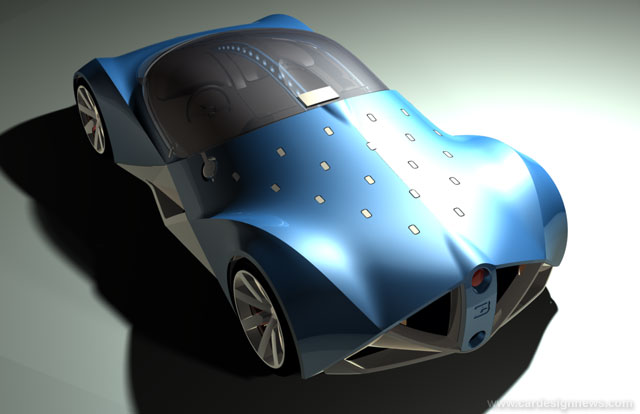
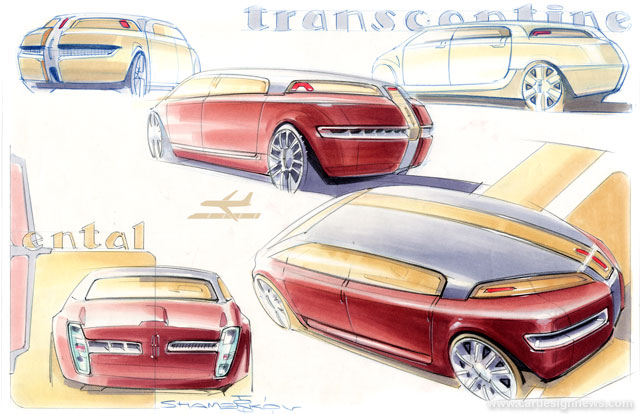
'Lincoln Transcontinental' by Tony Shamenkov
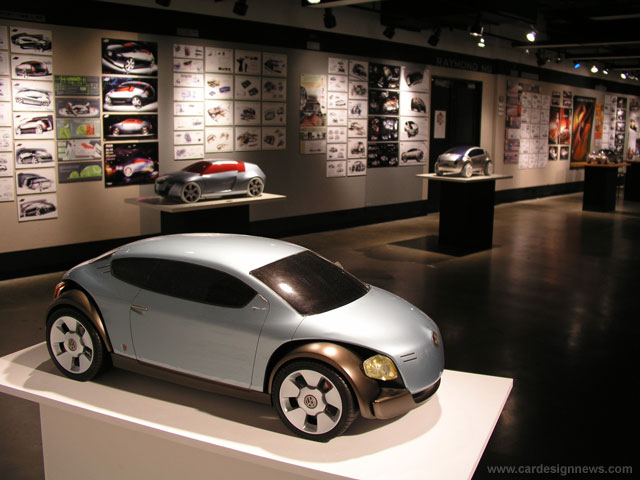
Volkswagen Coupe by Tony Shamenkov
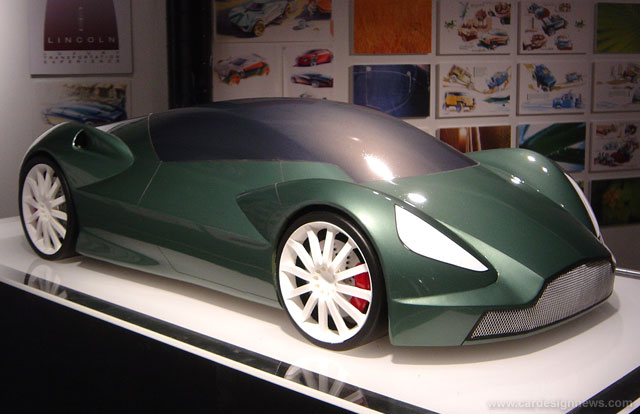
Aston Martin V12 Vengeance by Rimon Ghobrial
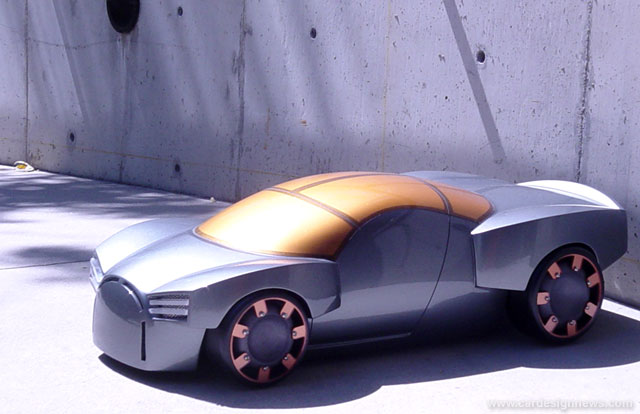
Oakley SSR/4 by Rimon Ghobrial
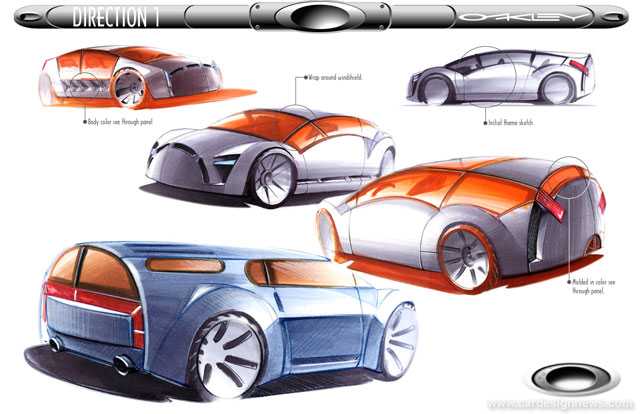
Oakley SSR/4 by Rimon Ghobrial
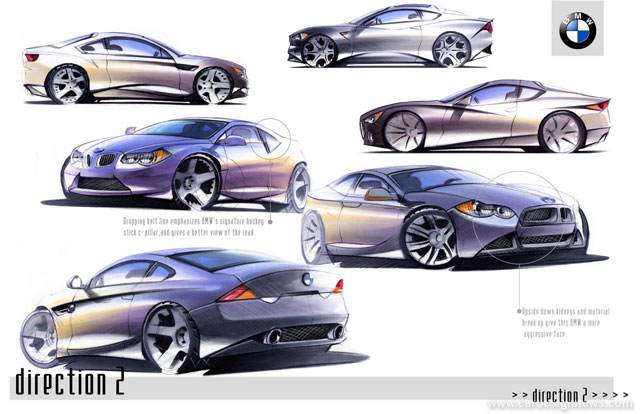
BMW 4 Series by Rimon Ghobrial
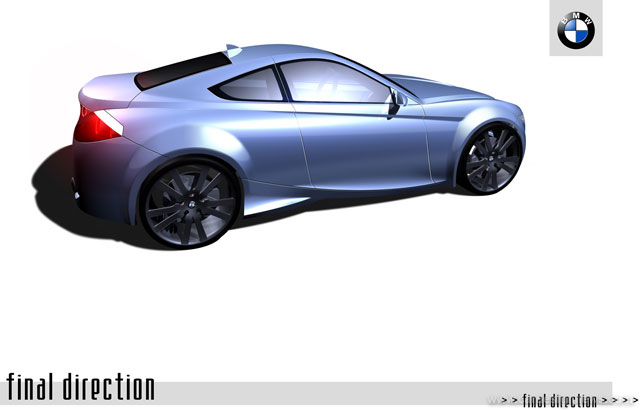
BMW 4 Series by Rimon Ghobrial
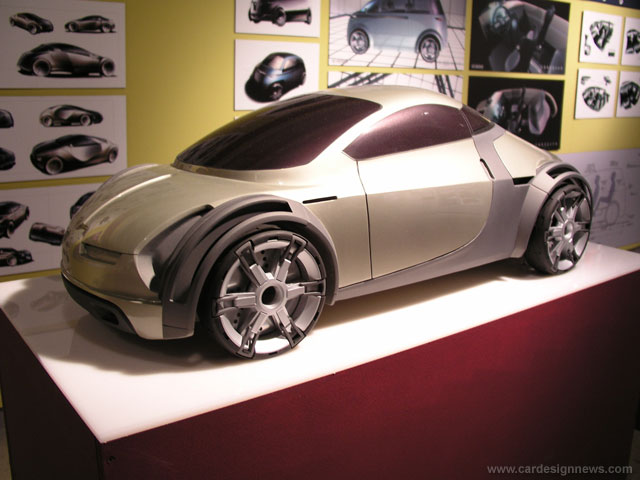
T.A.E. by Nick Malinowski
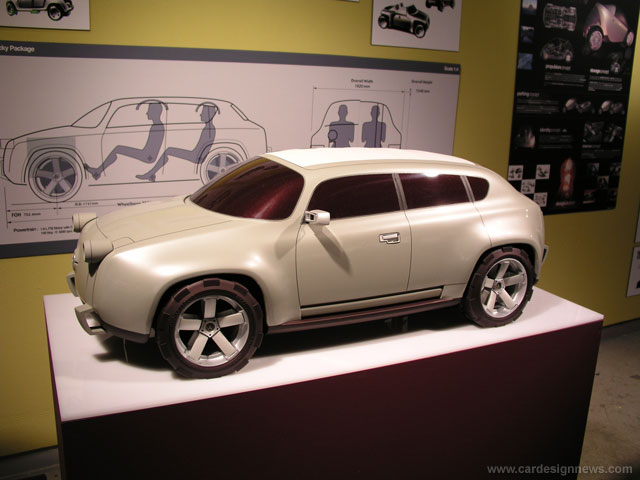
VW Bucky by Nick Malinowski
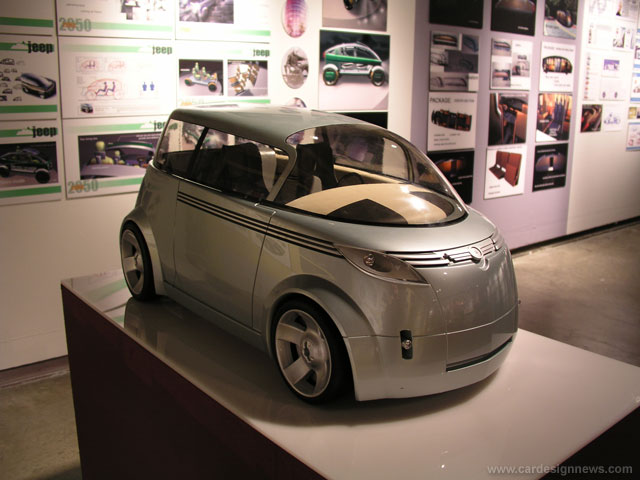
Chrysler Optic by Nick Malinowski

LA Shared Commuter by Nick Malinowski
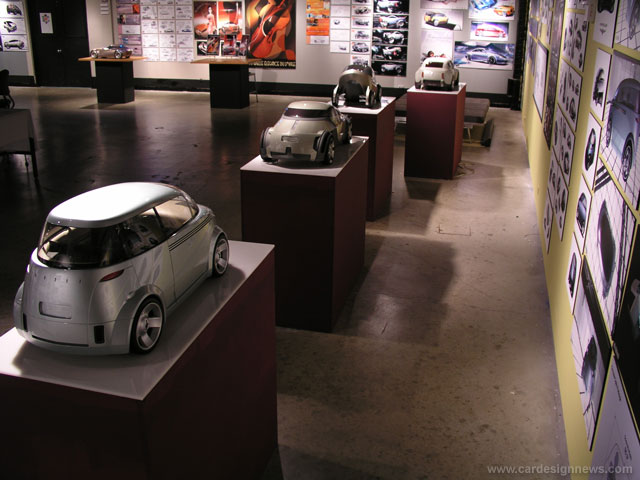
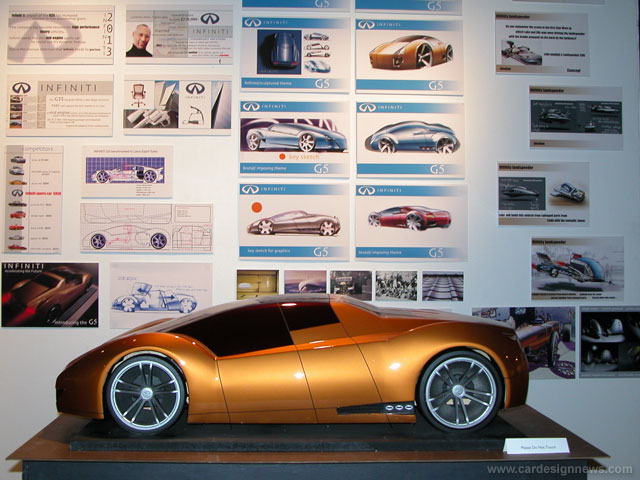
Infiniti sportscar by Lyndon Gale
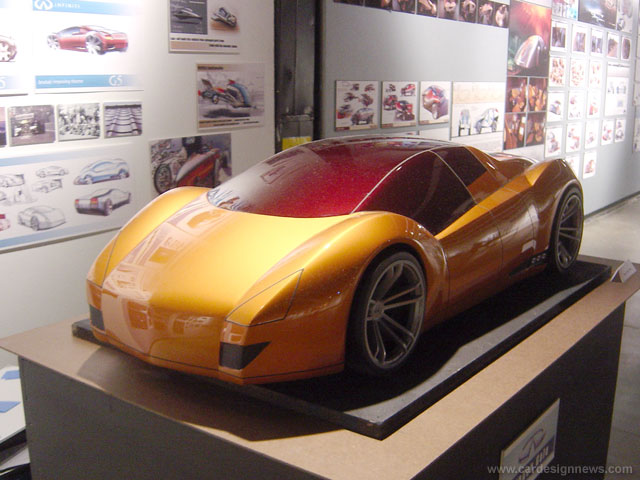
Infiniti sportscar by Lyndon Gale

Art Center Express by Lyndon Gale
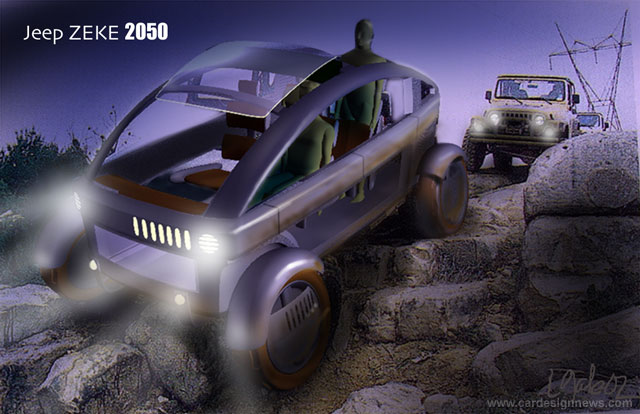
Jeep 2050 by Lyndon Gale

The graduating Art Center Transportation Design students (l-r): Nick Malachowski, Lyndon Gale, Rimon Ghobrial, Tony Shamenkov and Raymond Ng
































